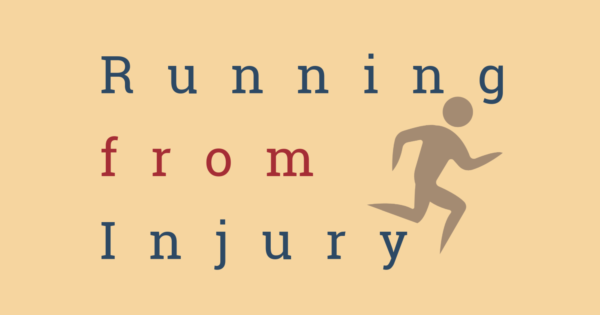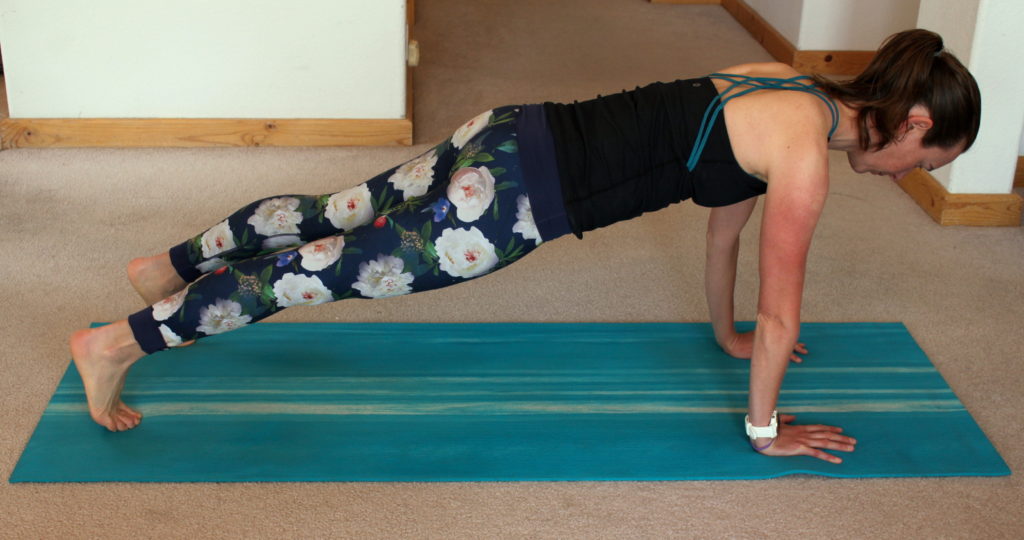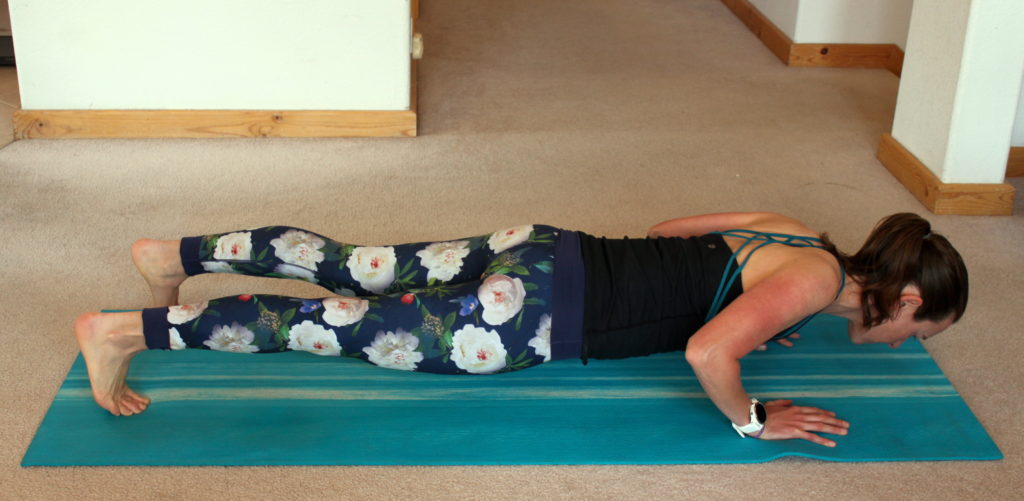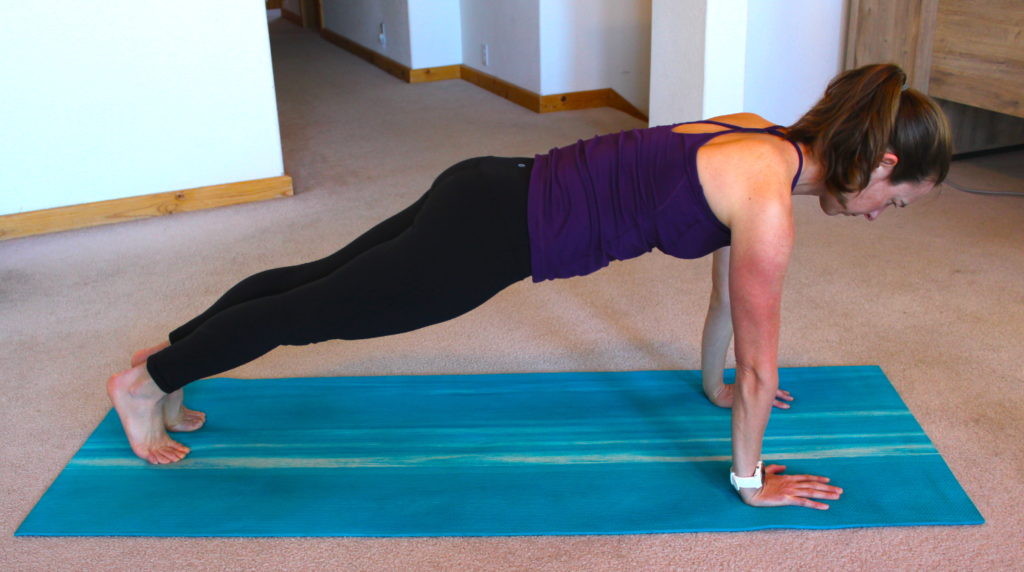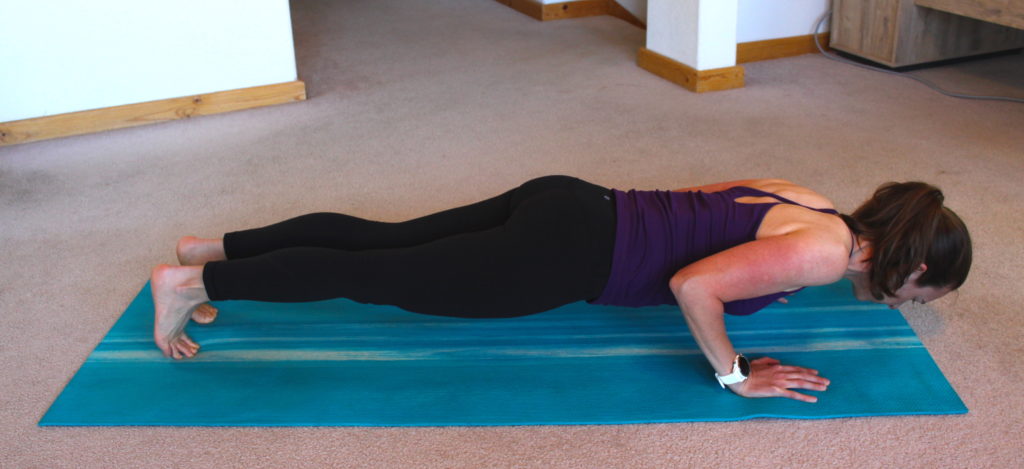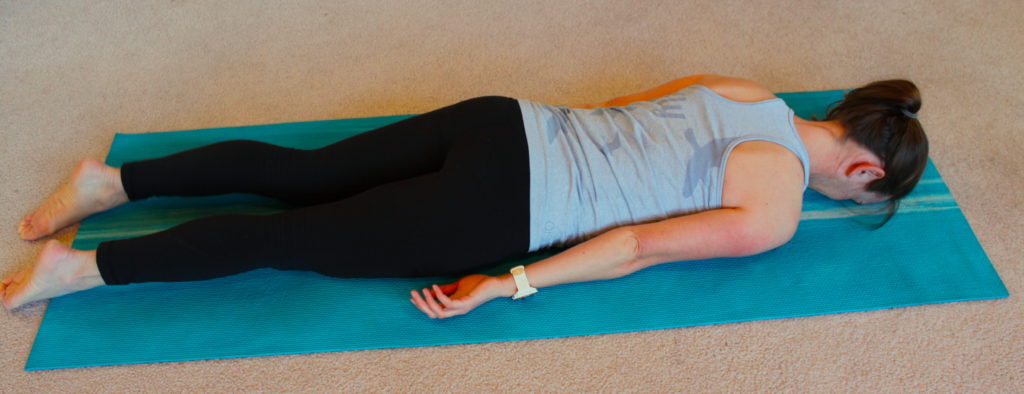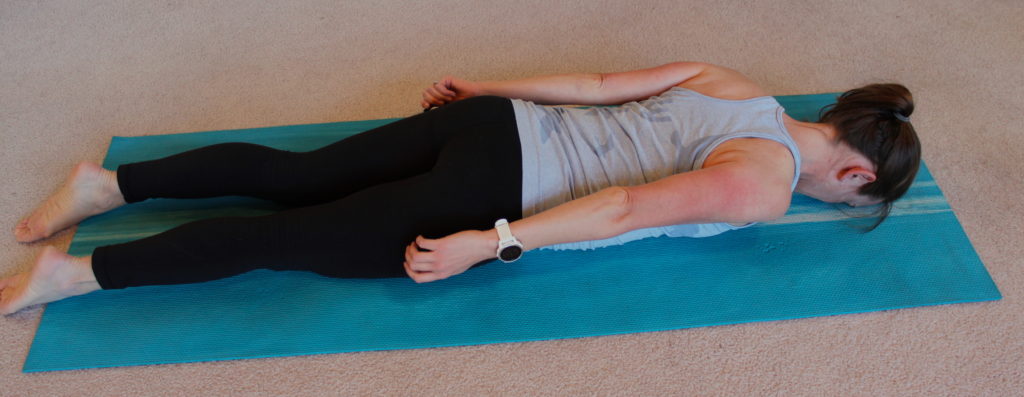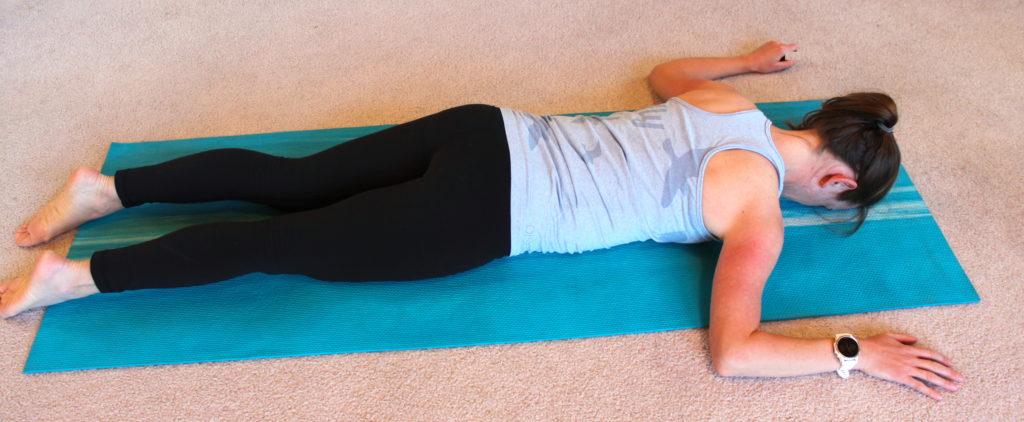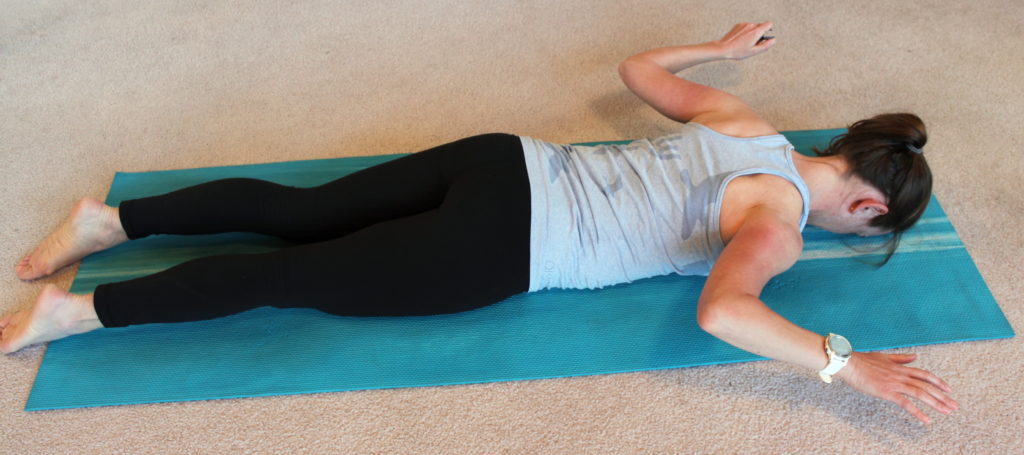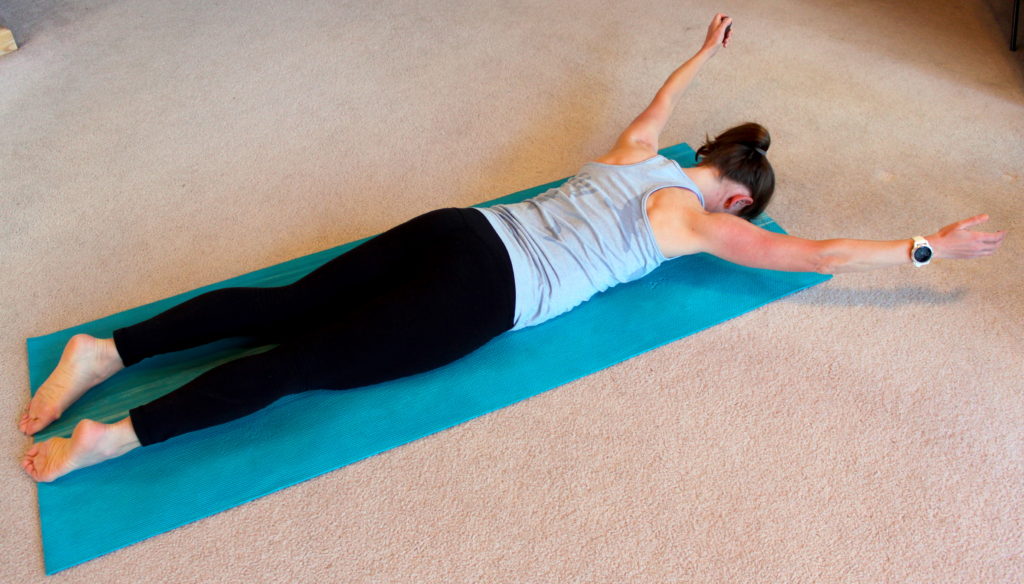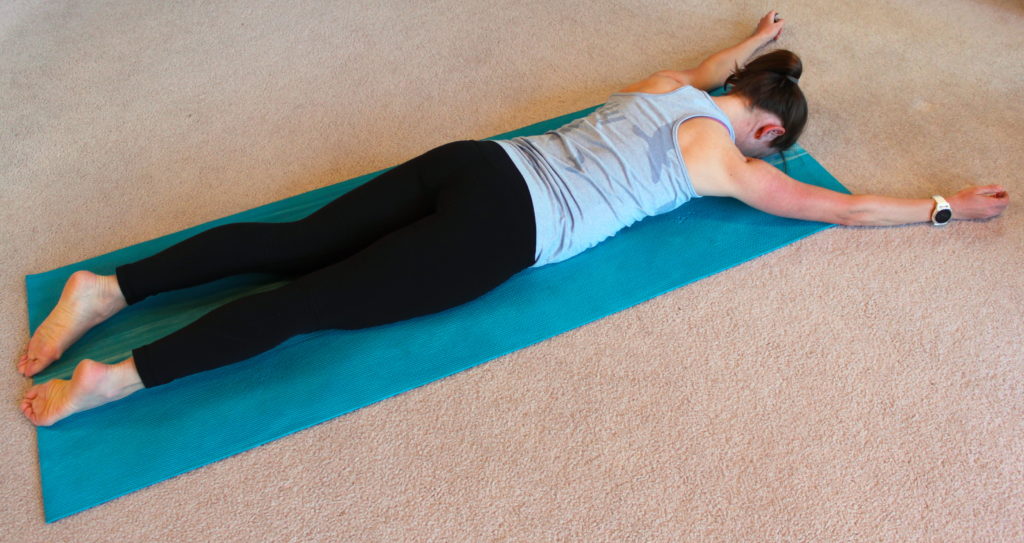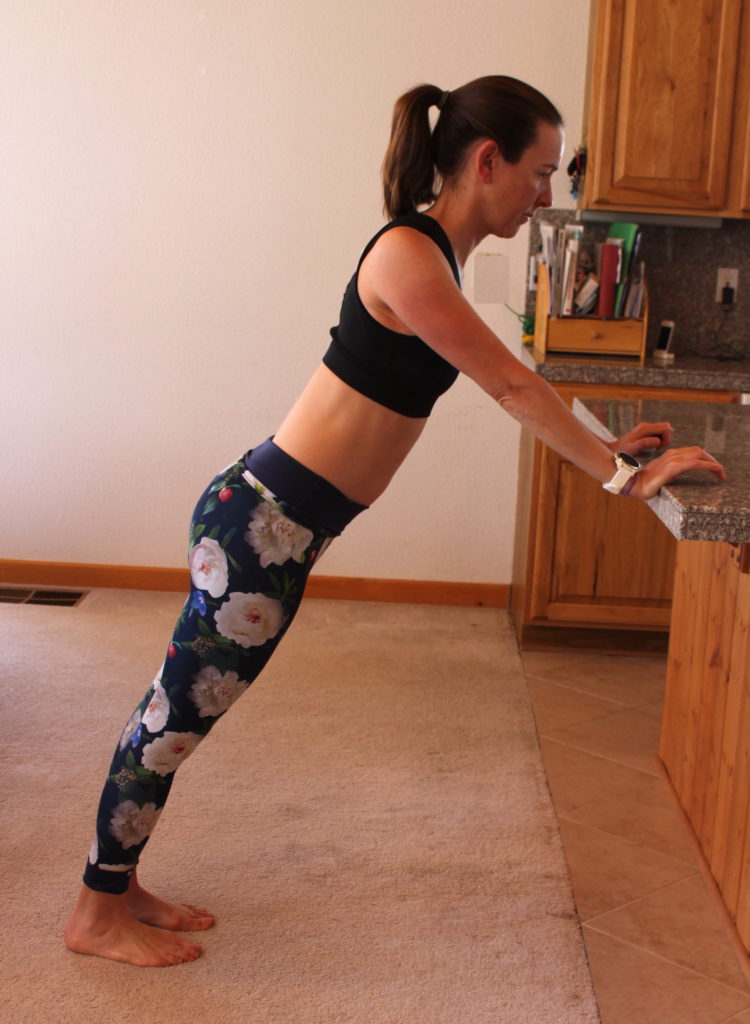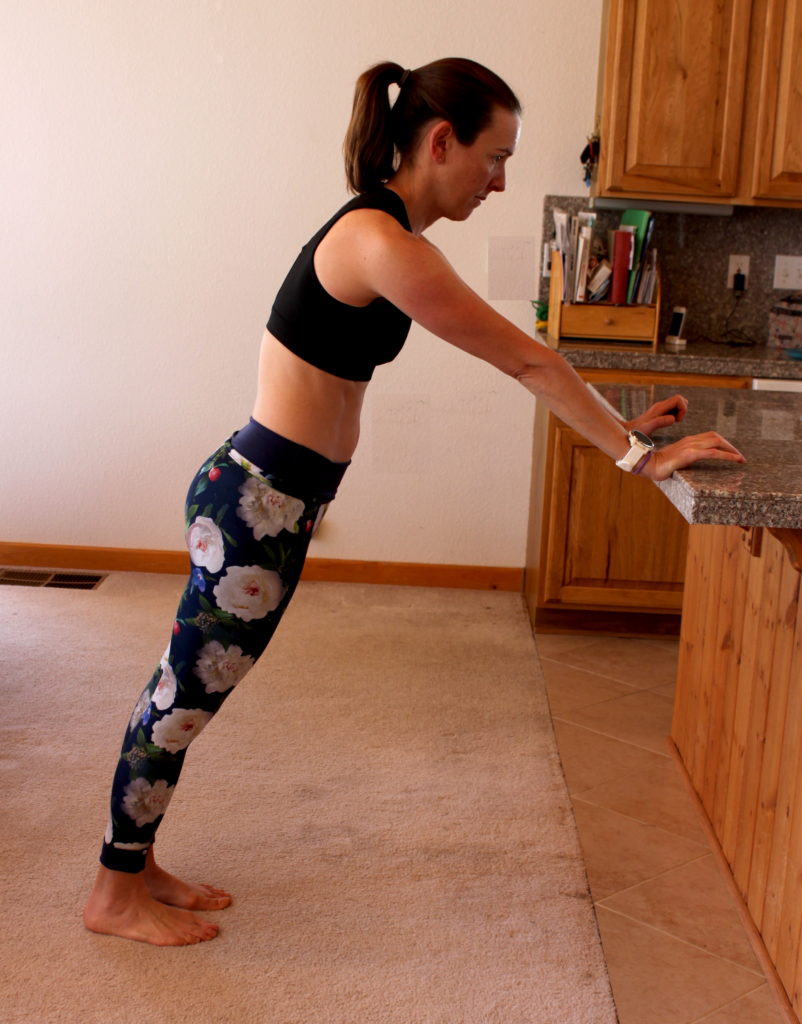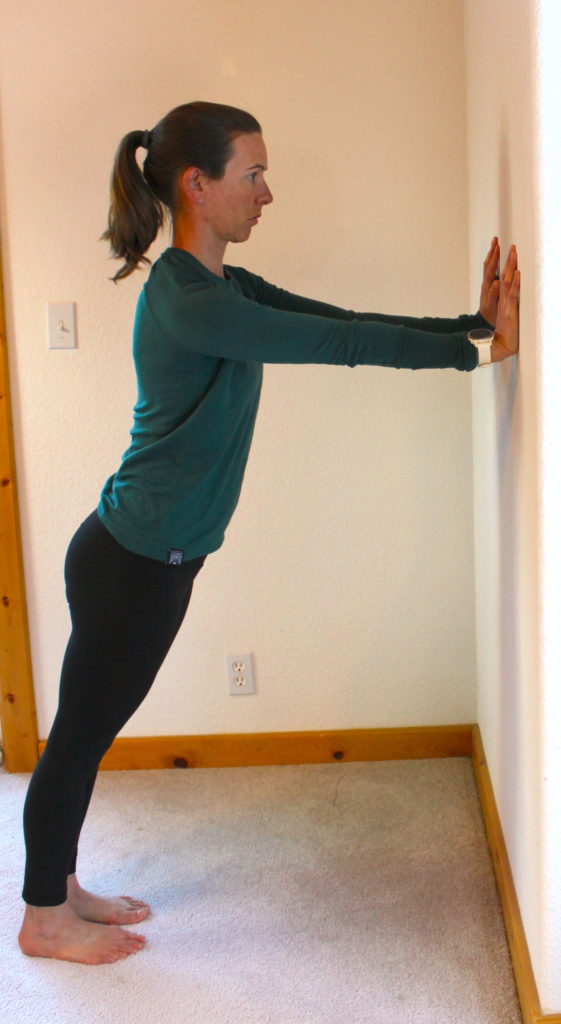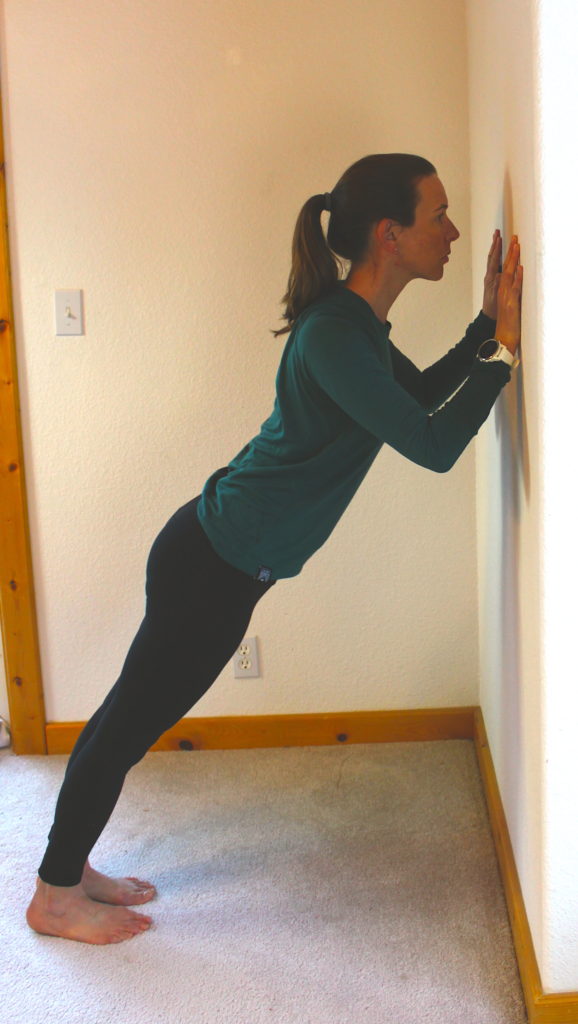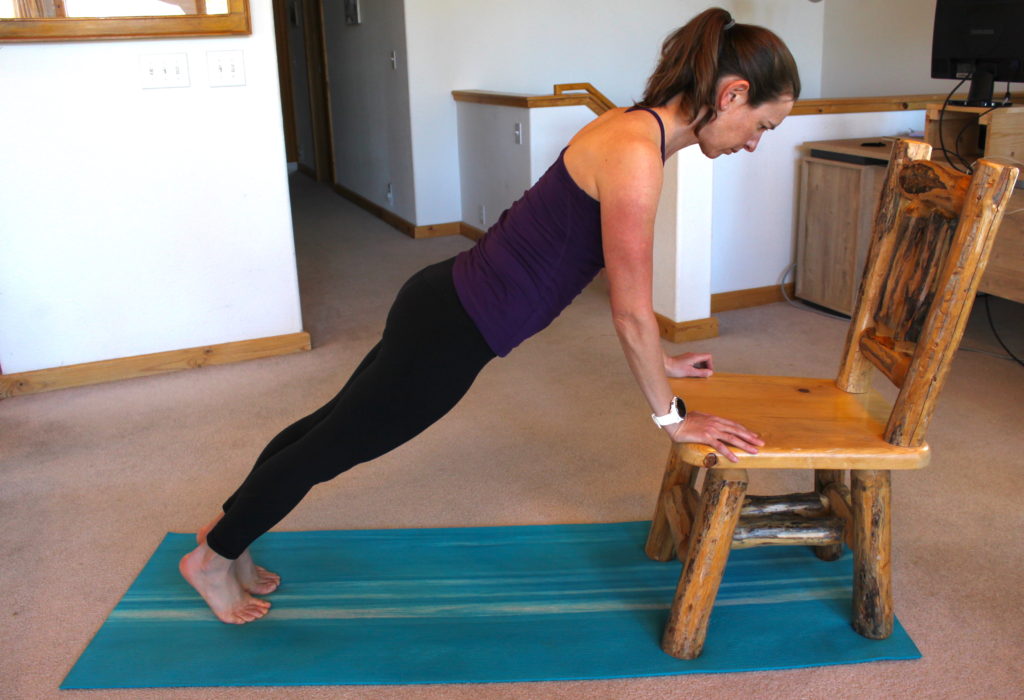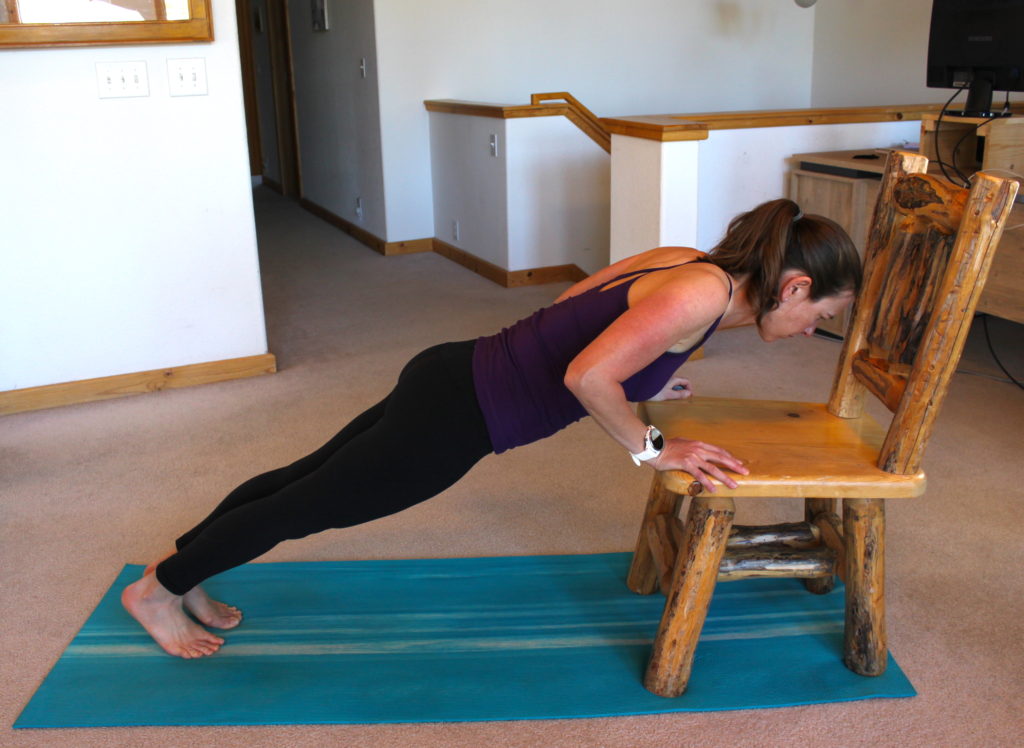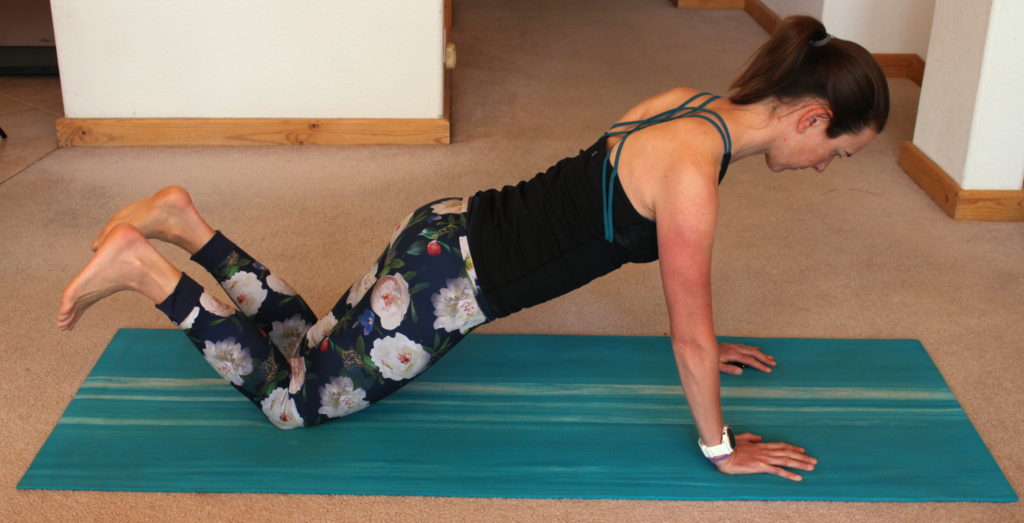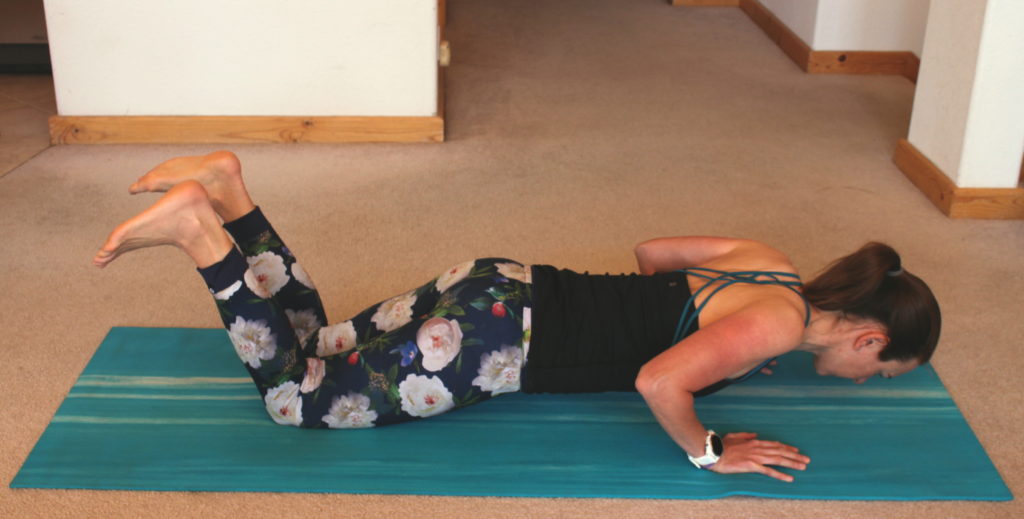Push-ups are a very popular exercise these days. The benefits of push-ups are that they are an exercise that involves various muscle groups that can be done with very little space or equipment. Push-ups can be an endurance athlete’s best friend if done correctly. If you a beginner, then we will go over the basics of how to do a proper push-up. If you are unable to do a push-up correctly, we will go over some exercises to help build the strength needed to do this exercise correctly.
Swimmers do push-ups to help with the arm strength needed for a powerful stroke. Runners and cyclists use push-ups to help create a balance in strength between their upper body (or arms), and lower body (or legs).
With everyone doing workouts at home these days, I have seen tons of workouts including push-ups. While a push up is a great exercise, I want to talk a little bit about how to do a push up correctly, with good form. A push up done with good form will ensure that you are working the muscles that you intend to work, while helping to prevent injury.
Push ups are an exercise that involved multiple body parts, is a resisted exercise done with one’s body weight and involves minimal space and equipment. Done correctly, a push up combines upper body strength with core strength. A push up can be done in sequence, such as doing a set, or multiple sets of so many push-ups. They can also be done as part of another exercise such as a Burpee.
Done incorrectly, the exercise can be an injury waiting to happen. In my practice as a physical therapist, I have seen the carnage of poorly done push-ups (and ill-fated Burpee challenges). Whether it be rotator cuff injuries, scapular pain, or low back pain. So how can one safely do this exercise?
Muscles involved in a push-up
Many muscles need to work together to do a proper push-up. Some of the main muscle groups include the pectorals, biceps, triceps, scapular muscles (trapezius, rhomboids, and serratus anterior to name a few), abdominals and gluteals. The muscles in your chest and arms such as your pectorals, biceps and triceps work dynamically to lower you to the floor and push you away. Other muscle groups such as your scapular muscles, abdominals and gluetals work statically to hold certain parts of you in place.
How to do a push up
Start in a plank position on your hands. Typically, the hands are directly underneath the shoulders, or a little wider apart. Some people do variations of push ups where the hands are in different positions. However, for simplicity sake, let’s keep the hands under the shoulders.
Lower your chest towards the floor while maintaining a plank position. The elbows can be at a 45 degree angle to your torso. Keep your shoulder blades back, as though hugging them to your rib cage. Do not round the shoulders forward.

Push away from the floor, again maintaining that plank position through your shoulder blades, torso and hips.
Common mistakes
Some common mistakes with push-ups can include:
- The drooping back: Not using your core and gluteal muscles can cause your hips to sag down.
- Butt ups: As you try to lower yourself down and then push away from the floor, your hips start to rise and fall.
- Elbows spalying out: Instead of keeping your arms 45 degrees or closer to your body, they are out at your sides.
- Shoulder blades either winging or rounded: Your shoulder blades will either lift away from your upper back, or your shoulders and shoulder blades will be rounded forward.
Stepping stones
If you find that you are not able to do a push up, whether because of pain or not being able to push-up with good form, here are some exercises to help.
Shoulder blade strengthening
The muscles around your shoulder blades are what help to hold your shoulder blades to your rib cage, and keep your shoulders from rounding forward. If you find that your back is hunched, or your shoulder blades are winging off of your rib cage, these exercises can be a good way to help strengthen the muscles responsible for a good shoulder blade position. When doing these, start with 3 sets of 10-15 repetitions.
I’s
Lie on your stomach. A towel roll can go at your forehead for comfort. While keeping your arms by your sides, squeeze your shoulder blades back and together. Do not shrug your shoulders towards your ears. To do this, you may think of trying to reach for your heels while squeezing your shoulder blades.
W’s
Again, while on your stomach, bring your arms up so that you look like the letter “W.” Squeeze your shoulder blades back and together. Again, try no to shrug your shoulders towards your ears. Think of trying to maintain the space between your shoulders and your ears while squeezing your shoulder blades back.
V’s
This time while on your stomach, bring your arms up overhead so that you a like to letter “V,” or superwoman/man. While keeping the space between your shoulders and your ears the same, squeeze your shoulder blades back and together. This is by far the most difficult of the three exercises.
Shoulder blade push ups
Stand a few steps away from a countertop (the farther away that you are will give you more resistance). Then lean forward and place your hands on the edge of the counter. Keep your elbows straight and let your shoulder blades sink together. Then use shoulder your shoulder blades to push away. Again, keep your elbows straight. Repeat, shoulder blades sink together, then push away. Think of letting your shoulder blades slide down the sides of your back.
Core strengthening
Plank on hands
A push up is a plank where you bend at straighten your elbows. Place your hands under your shoulders and tuck your toes. Think of being flat like a plank of wood. Squeeze your shoulder blades together. Squeeze your glutes. Hold it there for 20 seconds -1 minute. Don’t forget to breathe.
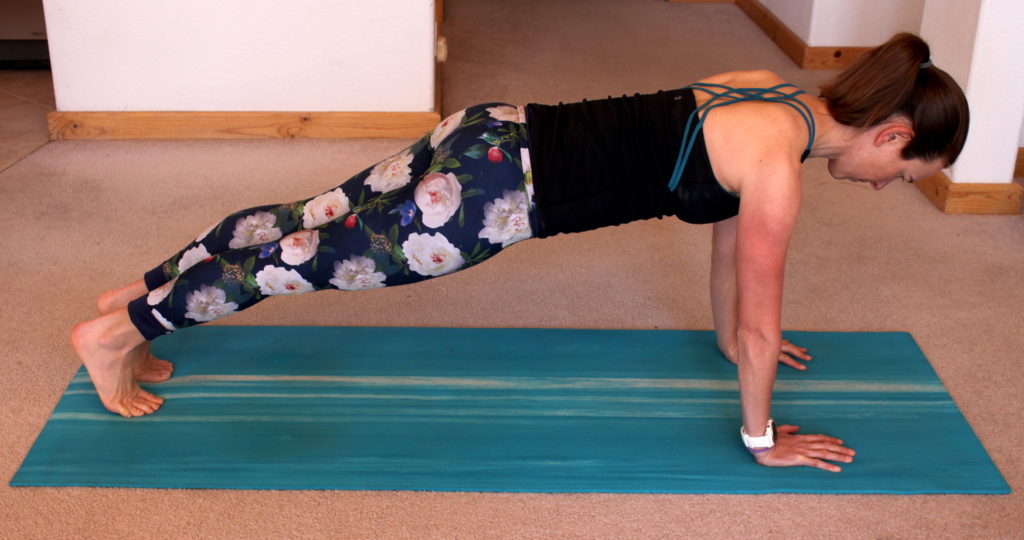
Steps to a proper push-up
These are some variations of push-ups that can help to strengthen the muscles needed for a push-up and to work on the movement pattern of doing a proper push-up. Some people may make fun of these push-up variation, but honestly they are a great way to build the strength and movement patterns needed to do push-ups well. Plus, since we’re all at home and the gyms aren’t open there is no one to impress anyways.
Wall push-ups
Stand a few feet away from a wall. The farther away that you are, the more resistance you will have to push against.
Incline push-ups
For this one, you need a chair, or a bench. The setup and movement is the same as a push-up, but your hands are on the bench, or seat of the chair. Having your body at an incline will decrease the amount of weight that you need to lower to the floor, and push away; thus making this exercise a good way to ramp up to doing a push up with your hands on the floor.
Knee push up
Start in a plank position on your knees. If you find that your knees are not comfortable on the floor, you can fold over your yoga mat, or use a folded towel to cushion them. This is the same as the incline push up, except now you have decreased the angle of incline, thus making the push up a little more difficult.
Push ups can be a great exercise when done correctly. Doing a proper push-up can be a challenge for some, but there are ways that you can build the strength needed to do this exercise correctly. I hope that the steps and exercises above will aid you in being able to do a proper push-up. What other exercises are you having difficulty with?
